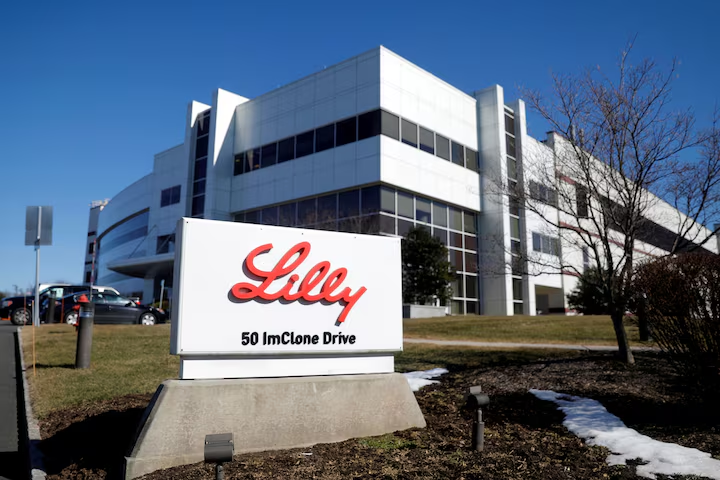Humanity has always sought cures in the unlikeliest of places, but what if the answer to our most pressing health crisis lies not in a futuristic lab, but in a 100,000-year-old time capsule buried in the Siberian permafrost? A recent groundbreaking discovery has unveiled an ancient “sleeping” bacterium that is producing potent antibiotics capable of killing modern-day superbugs. This remarkable find has ignited hope in the global fight against drug-resistant infections. The discovery of this bacterium and its potential to fight modern ailments is a true ancient bacteria vs superbugs medical breakthrough.
Ancient Bacteria vs Superbugs: A Global Health Crisis
The rise of drug-resistant bacteria, known as superbugs, poses one of the most significant threats to modern medicine. Decades of antibiotic overuse and misuse have led to a silent pandemic where common infections become untreatable. According to the World Health Organization (WHO), this crisis threatens to undo a century of medical progress. We may be forced to return to a pre-antibiotic era where a simple cut or routine surgery could be life-threatening. The need for innovative solutions has never been more urgent. While pharmaceutical companies have struggled to develop new antibiotics, scientists are now looking to the past for inspiration.
Reviving Ancient Bacteria vs Superbugs from the Permafrost
In a truly incredible feat of scientific paleontology, researchers have successfully revived dormant microorganisms that have been frozen in the permafrost for millennia. The extreme cold, darkness, and lack of oxygen in these ancient layers of ice have preserved not only the bacteria themselves but also their genetic material. This “biological archive” offers a unique window into a world before modern medicine. Scientists have carefully extracted and cultivated these ancient life forms to study their survival mechanisms and, more importantly, their potential to produce novel compounds. This research could be the key to our survival.
The Medical Breakthrough Against Ancient Bacteria vs Superbugs
The discovery of a 100,000-year-old bacterium that actively produces antibiotics is a monumental event. In laboratory tests, this specific bacterium has demonstrated a powerful ability to inhibit the growth of multidrug-resistant pathogens, including the notorious MRSA. This suggests that the microbe has evolved a unique defense mechanism against other microorganisms over an immense period of time. Researchers believe that the compounds produced by this ancient organism could serve as the foundation for an entirely new class of antibiotics, bypassing the resistance that modern superbugs have developed against existing drugs.
The “Jurassic Park for Germs” Controversy
While the medical potential is immense, this research is not without controversy. Critics have voiced concerns about the risks of reviving ancient organisms, evoking comparisons to a real-life “Jurassic Park for germs.” The fear is that these ancient pathogens, to which our modern immune systems have no exposure or defense, could be accidentally released. This concern is valid, and scientists working in this field operate under the strictest safety protocols. The work is carefully contained within secure lab environments. The focus remains on isolating and replicating the beneficial compounds, not releasing the microbes themselves.
Fighting Superbugs with Nature’s Oldest Wisdom
The fight against superbugs requires a multi-faceted approach, and nature’s ancient wisdom might be our most powerful ally. The remarkable survival of these bacteria for over 100,000 years in the most extreme conditions is a testament to their resilience and unique biology. Studying their genetic makeup and the antibiotic compounds they produce could lead to breakthroughs that were once unimaginable. This research highlights the critical importance of preserving our planet’s natural ecosystems. They may hold the key to solving some of our greatest medical challenges. The recent discovery of antibiotic properties in woolly mammoth DNA also points to the same conclusion.
The Future of Medicine
The revival of ancient bacteria is a stark reminder of the delicate balance of our world and the potential dangers—and remarkable opportunities—that lie within the melting permafrost. By continuing to explore these frozen archives with caution and purpose, we can hope to unearth new cures and secure a healthier future for generations to come. The Ice Age may have been a time of harsh survival, but it could also be the source of our modern-day salvation.













